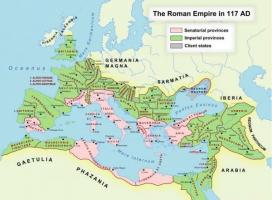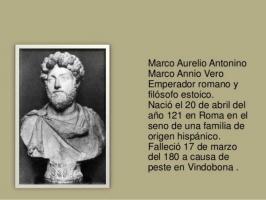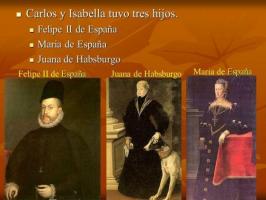Who were the maquis in the Spanish Civil War
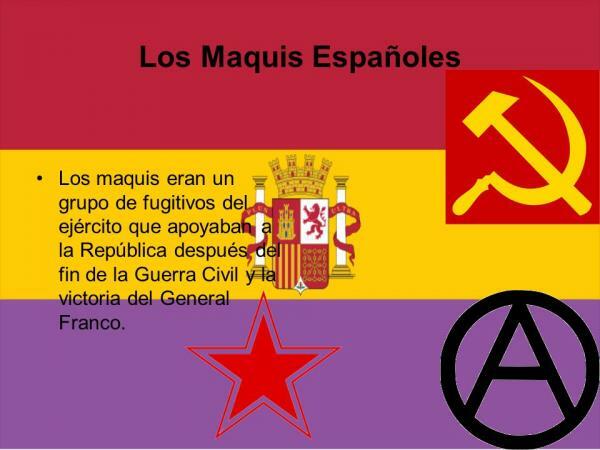
Image: Slideplayer
The Civil War and Francoism These are two important moments in the history of Spain, stages marked by numerous events that changed the future of the Hispanic country. During these stages a group of guerrillas was born that faced the fascist bloc, whose name was the maquis. Due to the importance of this group, today in this lesson from a TEACHER we are going to talk about who were the maquis so that you know our contemporary history better.
The term "maqui" comes from the Italian word "macchia", which gives meaning to a species of shrub. The word "maqui" began to be used in France to refer to the French guerrillas who fought the Germans when they occupied France during World War II. Due to the French influence, the term began to be used maqui to refer to guerrillas who faced the Franco regime.
The origins of the maquis can be observed in those people who, due to the advance of the Francoist side, decide to "go to the mountains" and begin a guerilla fight against the rebel army. These people who fled the repression of the nationalist side are the so-called “fugitives”, who were joined by deserters and people who had escaped from convictions and concentration camps, forming a large guerrilla group that over time was called with the finished
maqui.In this lesson from a TEACHER we will discover what the sides faced in the Spanish Civil War.
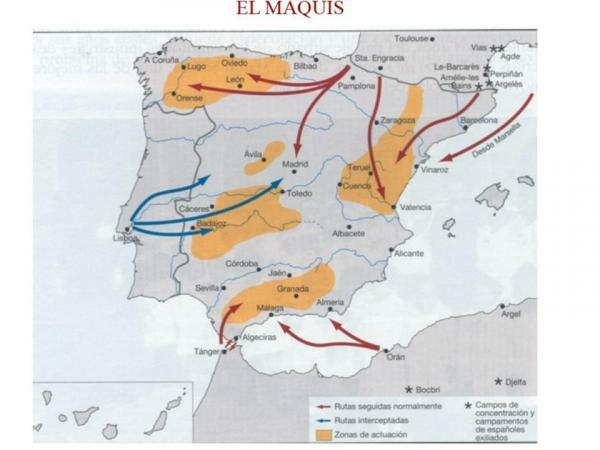
To continue with this lesson about who the maquis were, we must talk about the different operations they carried out.
Over the years, the maquis carried out numerous actions to try to defeat the Franco regimeEvery year a greater number of people fled the towns, due to fear of reprisals from the war, and joined the guerrillas.
Among all these operations the most prominent was undoubtedly the call "Operation Reconquest of Spain", an attempt to provoke a popular uprising against the dictatorship of Francisco Franco. It is considered the largest anti-Franco movement of the time, and one of the most important carried out against the regime.
In October 1944, the Spanish National Union tried to create a popular uprising through an attack by a group of guerrillas on the Aran Valley. The number of guerrillas was close to 7000, being much lower than the Francoist side, who surpassed them both in number and in weapons. To this must be added that the Francoist government suspected a French attack on Spanish territory, and therefore had reinforced the border between the two countries.
The social support that the maquis assault received was quite poor, since the people were still suffering the consequences of the civil confrontation and there was great fear of the men that Francisco Franco had sent to stop the attack maqui.
The attack lasted less than a week, the guerrilla forces being defeated, who could not occupy the valley and were they ended up exiling to France, so as not to be executed by the attack. A maqui attack on such a large scale was never attempted again, reverting to guerrilla tactics, but still thus, the Maqui spirit did not die, increasing the activity of these guerrillas during the following years.
The maquis moved especially through the spanish mountains, in areas where it was easy to hide from men related to the dictatorship. They also looked for areas with easy communications with the city, since they received help from the populations, being impossible maintain these guerrilla groups without the help of the anti-Franco inhabitants who supported the ideas of the maquis, or who were familiar of these. It was also common for the maquis to hide in village houses, especially when the climate in the mountains of the area became dangerous.
The areas with larger maquis nuclei were, among others, the following:
- The Cantabrian area, that is to say, from the Galician community to the Cantabrian one.
- The Levantine area, especially the areas where the greatest presence of Republicans had existed during the war.
- A central zone, that included Extremadura, part of Andalusia, Castilla La Mancha, and the mountains of the Central System.
An important part of the maquis were the links, These being the support of the population that provided food, housing and information, without which the existence of these guerrilla groups would not have been possible. Another important function of these "links" was to serve as messengers, carrying mail between different groups of guerrillas, or between guerrillas and other links.

Image: Euskonews

